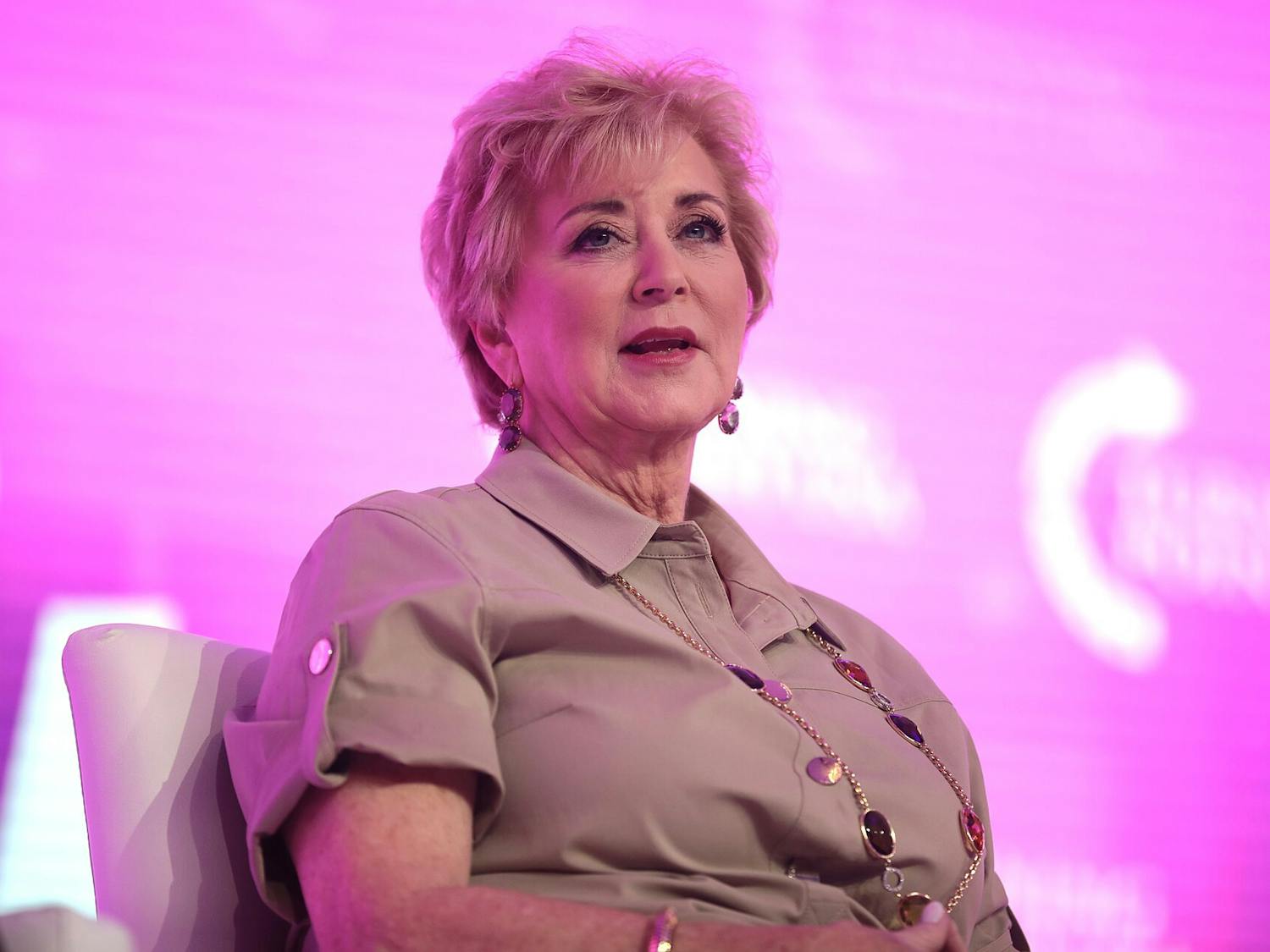According to a new study released by the Centers for Disease Control and Prevention, many more young women have engaged in same-sex contact than had done so just over a decade ago.
Incidents of same-sex acts among women aged 18 to 44 have risen from about 4 percent in 1992 to 11.5 percent today, a nearly threefold increase, the study said.
The increase is even more dramatic for women in their late teens and early 20s -- 14 percent reported at least one same-sex encounter.
William Mosher, the statistician behind the study, said that the results "were higher than previous surveys [and] were unexpected."
The survey is the sixth from the CDC. The first, in 1973, focused on pregnancy, childbearing, fertility, breastfeeding and contraceptive use. The latest survey was expanded to include more questions about same-sex contact.
"It was the first time these questions were part of this larger survey," Mosher said. "This was the first nationally representative survey that included data on ... sexual activity of female teenagers."
Ilene Rosenstein, director of Counseling and Psychological Services at Penn, said that college "is a place for experimentation."
"If you look developmentally at the age at which our [student] population is, sexuality is a very important piece of who we are," Rosenstein said.
The figure for men who reported same-sex encounters stood markedly lower at 6 percent, though it is unclear whether this is an accurate figure or if men are less willing to report their encounters than women.
"There is definitely more of a stigma" when it comes to men, said College sophomore Jessica Haralson. "Lesbianism has been glamorized in a way that male homosexuality has not. You don't hear two women saying, "Oh, two gay guys, that's hot."
Haralson -- a member of the lesbian gay bisexual transgender advocacy group Allies and a co-founder of Quake, an erotica magazine at Penn -- feels that men underreport their sexual encounters.
"Sexual exploration is very common, and that hasn't changed," Haralson said. "I really think it's a matter of people telling the truth."
Rosenstein says that while culture is likely the reason for the fewer reported incidents among men, the students she deals with in counseling are almost always willing to be open about themselves.
"I don't see the hesitancy as much," Rosenstein said, noting that her counseling services are confidential. "Where I sit, people do share. It's a different kind of arena" than mainstream culture, she said.
"Outside, it's different for males," Rosenstein said, adding that societal stigma exists when it comes to male same-sex issues. "Woman-to-woman is very different from man-to-man."
As for the dramatic rise in female same-sex contact, Haralson said that popular television may be partly responsible.
"Sex and the City had an episode that explored lesbianism," Haralson said. "And shows such as The L Word and Queer as Folk have also demystified homosexuality," she said.
The CDC survey's margin of error is 3 percentage points for the teen data and 1 percent for that regarding older adults.








